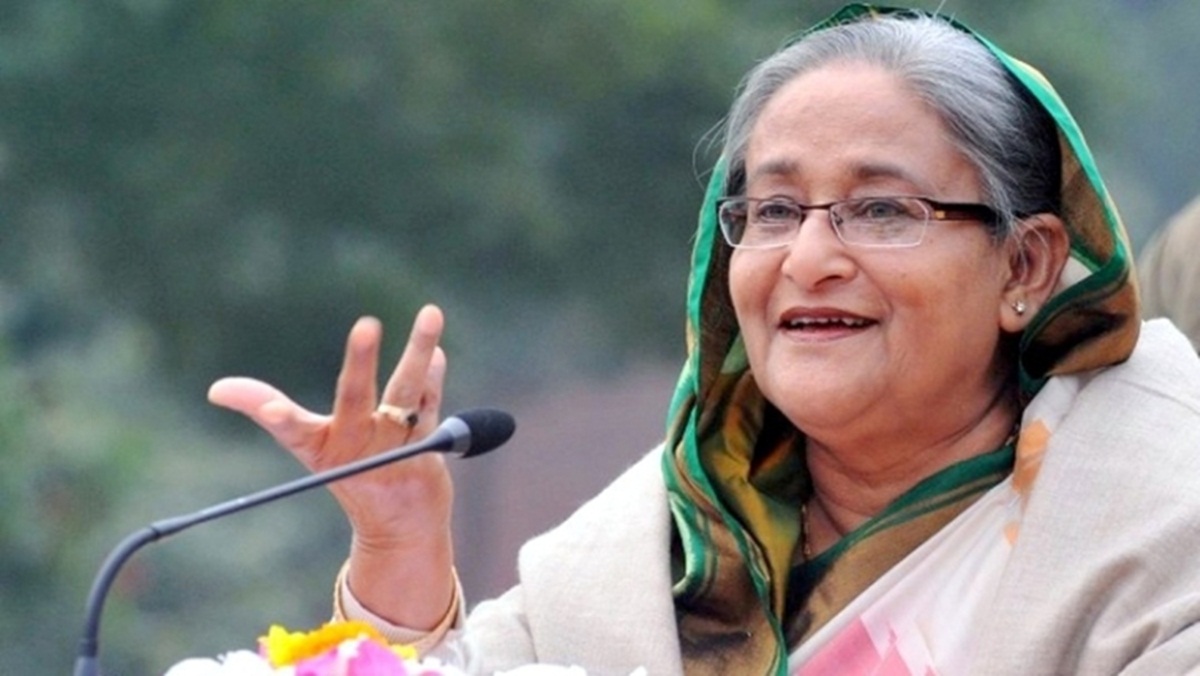Twitter: @the_news_21
India leads a list of 10 countries that together account for 60 per cent of global maternal deaths, stillbirths and newborn deaths, and 51 per cent of live births globally, a report released by the United Nations has said. The latest published estimate in the progress tracking report by the WHO, UNICEF, and the UNFPA was launched on Tuesday at the ongoing ‘International Maternal Newborn Health Conference’ (IMNHC 2023) here. It shows there were a combined 4.5 million deaths — maternal deaths (0.29 million), stillbirths (1.9 million) and newborn deaths (2.3 million) — in 2020-2021.
Sub-Saharan Africa and Central and Southern Asia are the regions experiencing the largest number of deaths, although, across all regions, there is variation regarding the pace at which countries are progressing in their efforts to achieve the global 2030 targets.
The four-day conference, which is being hosted by the Government of South Africa and AlignMNH — a global initiative funded by the Bill and Melinda Gates Foundation in collaboration with the United States Agency for International Development (USAID), kick-started on May 8.
According to the first-ever joint Every Newborn action Plan (ENAP) and Ending Preventable Maternal Mortality (EPMM) progress tracking report, the global progress in reducing deaths of pregnant women, mothers and babies has flatlined for eight years due to decreasing investments in maternal and newborn health.
“Pregnant women and newborns continue to die at unacceptably high rates worldwide, and the coronavirus pandemic has created further setbacks to providing them with the health care they need,” Dr Anshu Banerjee, Director of Maternal, Newborn, Child and Adolescent Health and Ageing at the World Health Organisation (WHO), said. “If we wish to see different results, we must do things differently. More and smarter investments in primary health care are needed so that every woman and baby – no matter where they live – has the best chance of health and survival,” Banerjee said.
Addressing media at IMNHC, Dr Allisyn Moran, Maternal Health Lead at WHO, said maternal, newborn mortality and stillbirths have declined since 2000, but since 2015, there has been significant plateauing of maternal mortality reduction and stillbirth reduction.
“We really need to work hard as a community to accelerate that progress so that we can achieve the SDG targets by 2030. In order to get there, we need to implement life saving interventions for quality antenatal, intrapartum and postnatal care for women and newborns, and preventing stillbirths.
“We have coverage targets for antenatal, skilled birth assistant, and postnatal care to 2025. We know that the interventions need to be given along with quality and respectful care,” Moran said.
India saw 7,88,000 maternal deaths, stillbirths and neonatal deaths in 2020, of the total 4.5 million deaths globally. The country also accounts for 17 per cent of global live births which could be a factor for the large number of maternal deaths, stillbirths and neonatal deaths.
It is followed by Nigeria, Pakistan, Democratic Republic of the Congo, Ethiopia, Bangladesh and China for maternal deaths, stillbirths and neonatal deaths.
Trend data revealed that the global progress in reducing maternal and newborn deaths and stillbirths has slowed during the last decade. Gains made between 2000 and 2010 were faster than they have been in the years since 2010.
It is critical to determine the reasons for this slowed pace, and take action to address them.
“Global challenges posed by the COVID-19 pandemic, climate change, conflicts and other emergencies, as well as cost of living increases within countries, have the potential to further slow progress in this decade, warranting greater urgency and investment towards maternal and newborn health targets,” the report said.
As is too often the case, vulnerability, fear, and loss are not spread equally around the world, Steven Lauwerier, UNICEF Director of Health, noted. “Since the COVID-19 pandemic, babies, children and women, who were already exposed to threats to their well-being, especially those living in fragile countries and emergencies, are facing the heaviest consequences of decreased spending and efforts on providing quality and accessible healthcare,” he said.
Funding shortfalls and underinvestment in primary health care can devastate survival prospects, the report highlighted.
In the worst-affected countries in Sub-Saharan Africa and Central and Southern Asia – the regions with the greatest burden of newborn and maternal deaths – fewer than 60 per cent of women receive even four, of WHO’s recommended eight, antenatal checks, the report stated.
“This is a silent emergency that we have and we need to change the future. This report is telling us that we need to improve massively if we want to avert maternal deaths, newborn deaths and stillbirths, and not to forget morbidity in mothers and also newborns. We need to focus on the quality of care and data as well. More data, better data and data from different levels so that we can gather more information,” Dr Willibald Zeck, Chief of Sexual and Reproductive Health and Rights at UNFPA, said.
To increase survival rates, women and babies must have quality and affordable healthcare before, during and after childbirth, the agencies said, as well as access to family planning services. More skilled and motivated health workers, especially midwives, are needed alongside essential medicines and supplies, safe water, and reliable electricity.
The report also stressed that interventions should especially target the poorest women and those in vulnerable situations who are most likely to miss out on lifesaving care, including through critical subnational planning and investments.
Improving maternal and newborn health further requires addressing harmful gender norms, biases and inequalities, it added.




